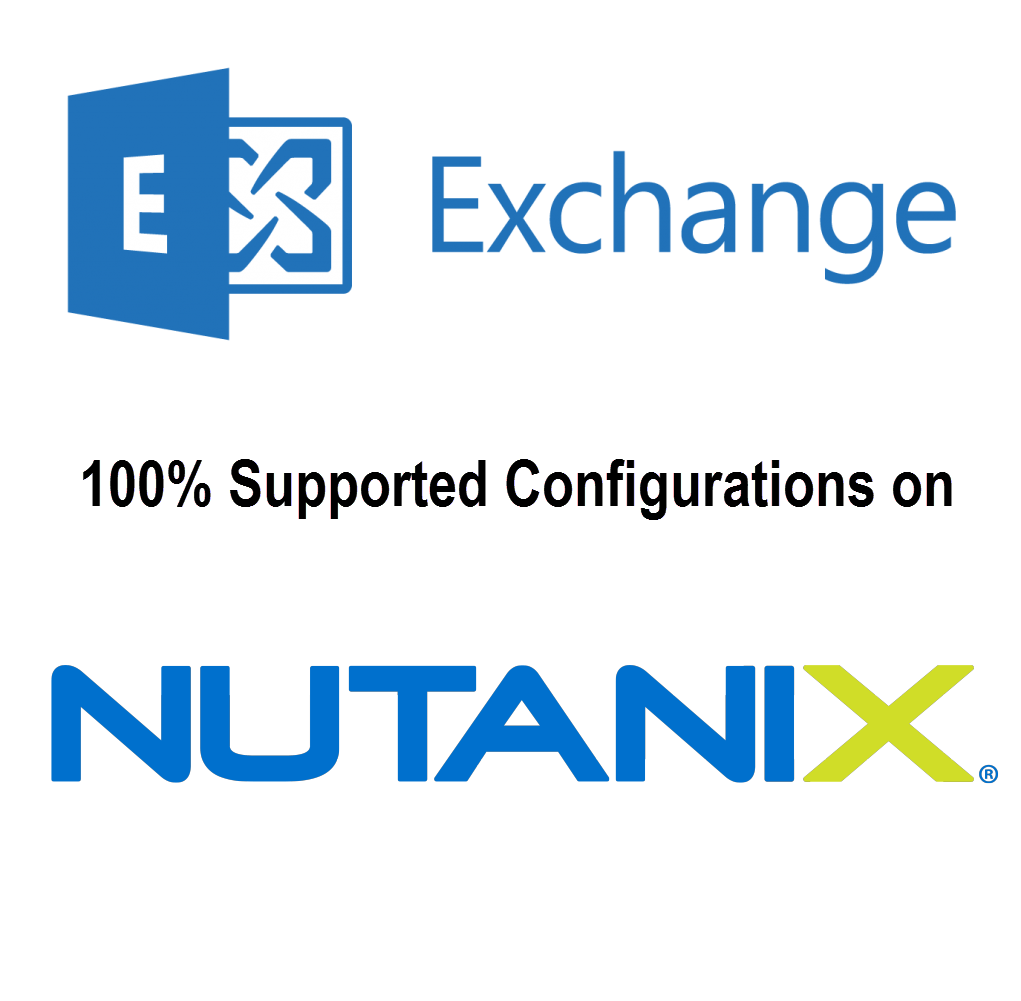This is the fourth part of a series of posts covering how the Integrity of Write I/O is ensured for Virtual Machines when writing to VMDK/s (Virtual SCSI Hard Drives) running on NFS datastores presented via VMware’s ESXi hypervisor as a “Datastore”.
This part will focus on Torn Write I/O.
As a reminder from the first post, this post is not talking about presenting NFS direct to Windows.
Some of you are probably wondering “What is a Torn Write”?
A Torn write can occur if there is a problem (e.g.: Power or HW failure) during a multi sector block being written.
The below shows what a Torn Write looks like, which is basically where part of data A and B remain after a Torn write, resulting in corrupted data.

Image Source: Silent data corruption in disk arrays: A solution
The article Toward I/O-Efficient Protection Against Silent Data Corruptions in RAID Arrays describes a Torn Write (I/O) as:
Torn write: When a disk write is issued to a chunk, only a
portion of sectors in the chunk are successfully updated,
and the chunk contains some stale sectors in the end part.
The issue with the write I/O being written across multiple sectors is that in the event a power outage impacting the write back cache or a hardware issue such as a drive failing, the I/O may be partially written (or “Torn”). This means the data was not fully written, but some data was written overwriting the existing data causing corruption.
In this case, if the storage solution provides a write acknowledgement and the data is partially or not written to persistent media this results in what is known as silent data corruption as data being read back will be part of the new data and part of the old data.
It should be noted RAID does not protect against Torn writes, nor can it help correct the situation once it has occurred.
The next question is, does the issue of Torn writes impact VMs on ESXi backed by NFS datastores. The answer is, Yes because Torn Writes can potentially occur on any storage solution regardless of the abstracted storage protocol.
So do Torn Writes occur VMs on ESXi backed by NFS datastores? The answer again would be Yes, but importantly, this would not be as a result of anything at the hypervisor layer, it would be as a result of a failure impacting the underlying storage.
Note: This issue equally impacts block and file based storage presented to ESXi, so it is not a NFS specific issue.
So what is required to provide protection against Torn Writes?
The best method to protect against Torn Writes is to use checksums, specifically Block level checksums which can check the integrity of writes which span multiple sectors, therefore in the event of a torn write, the checksum will fail and a write acknowledgement will not be sent. The important fact here is the underlying storage is responsible for this process, not ESXi , the VMDK or storage protocol (FC,FCoE,iSCSI, NFS!) presenting the storage to ESXi.
In summary, Torn Writes are not an issue with VMs running on ESXi backed by NFS datastores where the underlying storage performs Block level checksums.
I have requested VMware create a Knowledge base article on Torn Writes for formal reference and will update this post with the reference if/when this is done.
In part five, I will discuss Data Corruption.
Integrity of Write I/O for VMs on NFS Datastores Series
Part 1 – Emulation of the SCSI Protocol
Part 2 – Forced Unit Access (FUA) & Write Through
Part 3 – Write Ordering
Part 4 – Torn Writes
Part 5 – Data Corruption
Nutanix Specific Articles
Part 6 – Emulation of the SCSI Protocol (Coming soon)
Part 7 – Forced Unit Access (FUA) & Write Through (Coming soon)
Part 8 – Write Ordering (Coming soon)
Part 9 – Torn I/O Protection (Coming soon)
Part 10 – Data Corruption (Coming soon)
Related Articles
1. What does Exchange running in a VMDK on NFS datastore look like to the Guest OS?
2. Support for Exchange Databases running within VMDKs on NFS datastores (TechNet)
3. Microsoft Exchange Improvements Suggestions Forum – Exchange on NFS/SMB
4. Virtualizing Exchange on vSphere with NFS backed storage


